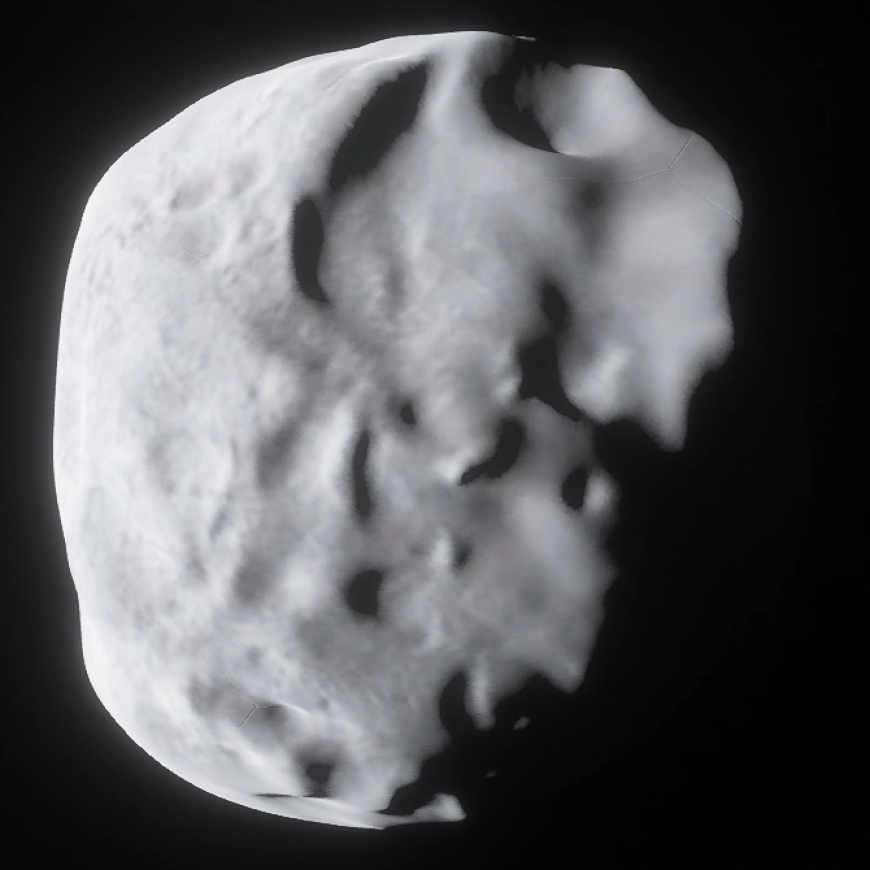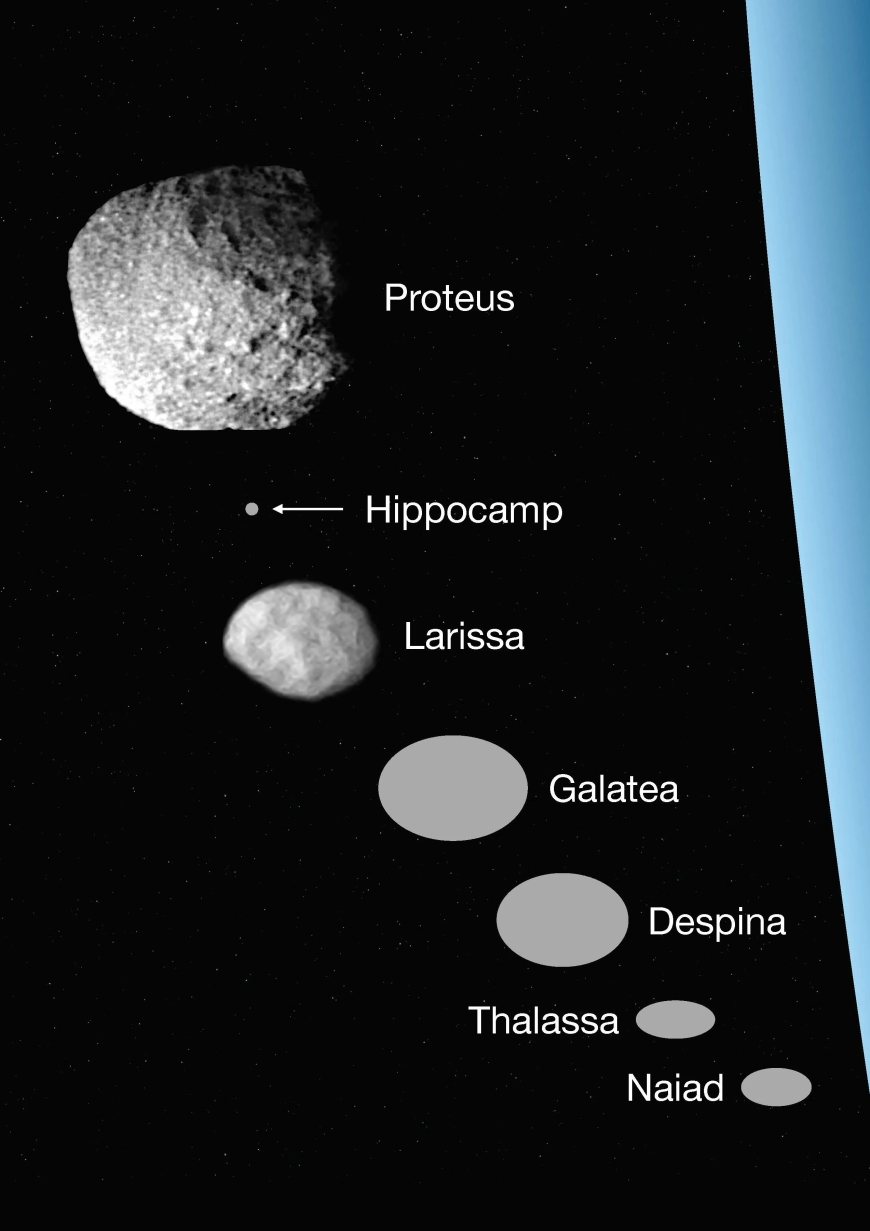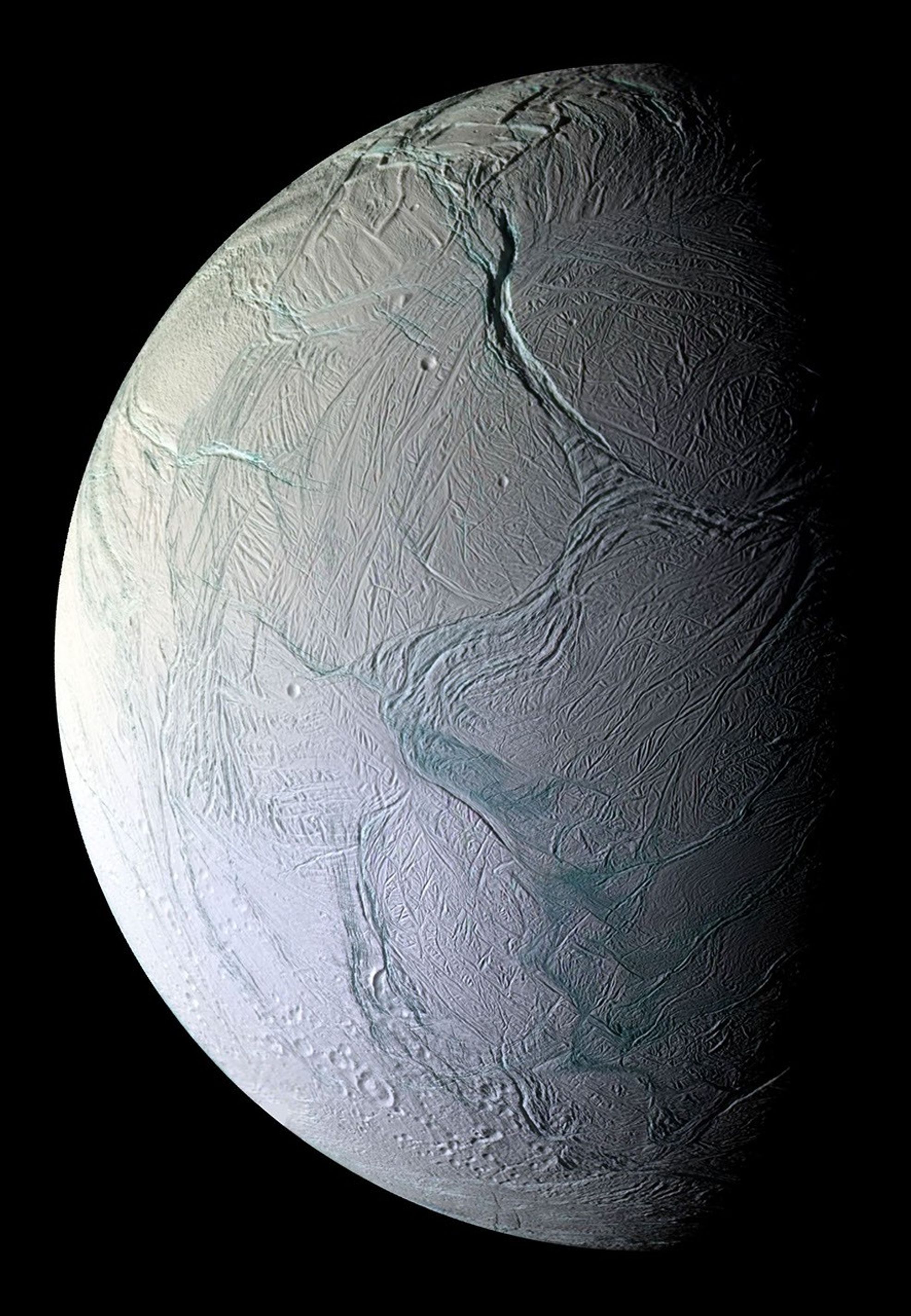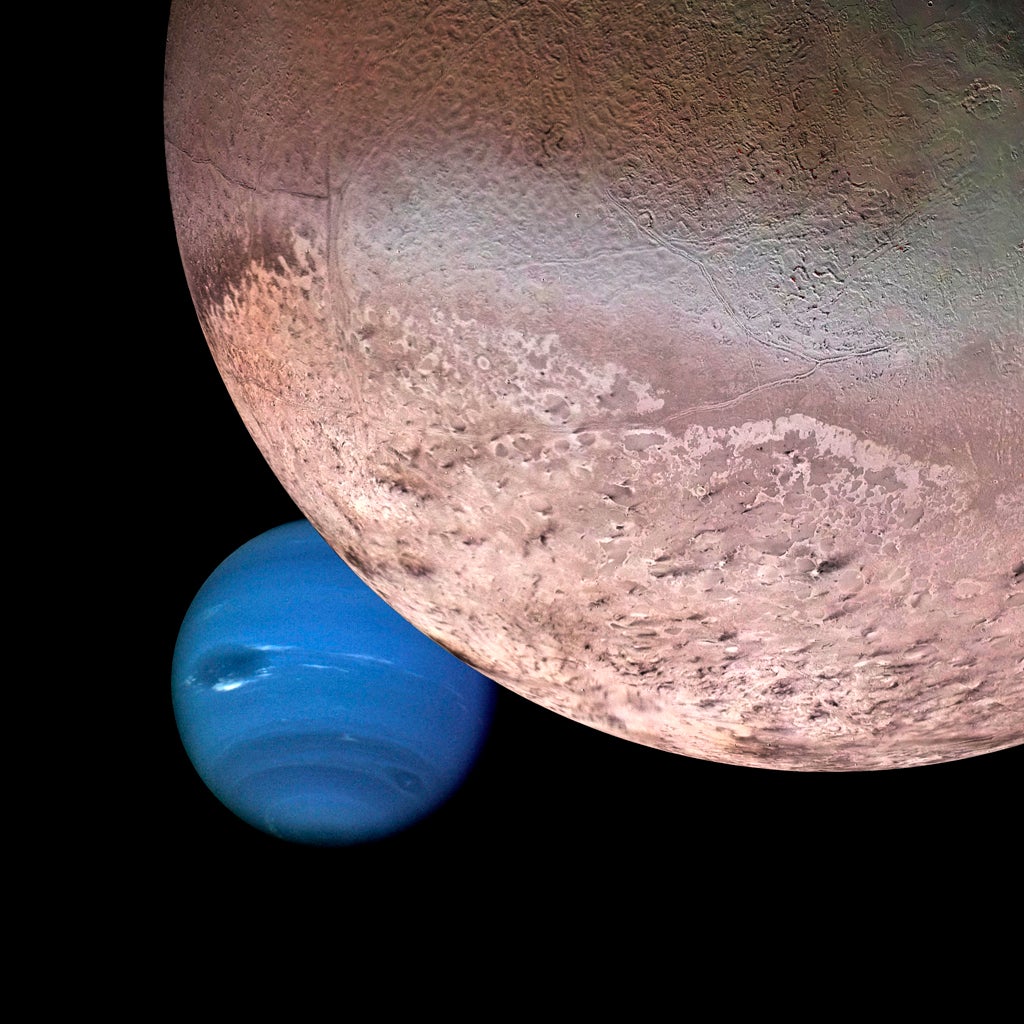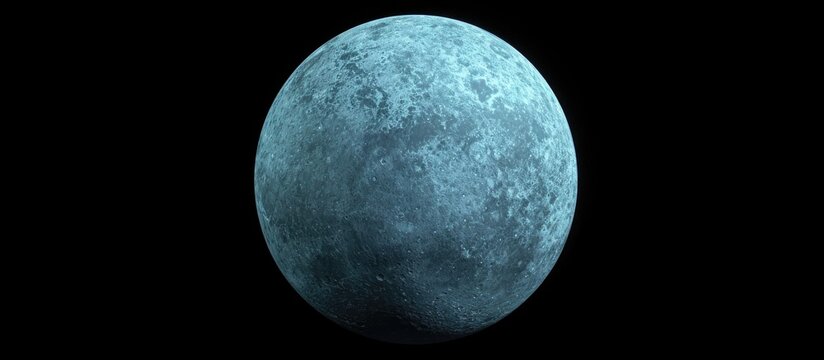Proteus: Neptune’s Tumbling Tomb of Rock and Ice
Proteus, Neptune’s dark and enigmatic moon, lurks in the outer reaches of our solar system, shrouded in mystery with its irregular shape and cratered surface. Despite its small size, this moon holds secrets about Neptune’s dynamic system and the ancient past of our cosmic neighborhood.
Discovery
Proteus, one of Neptune’s largest moons, was discovered in 1989 by NASA’s Voyager 2 spacecraft. It was named after Proteus, a shape-shifting sea god from Greek mythology. Before its discovery, scientists had no direct knowledge of this moon due to its distance from Earth and its extremely dark surface, which makes it difficult to observe with telescopes.
Size and Shape
Proteus is the second-largest moon of Neptune, with an average diameter of about 420 kilometers (260 miles). Despite its size, Proteus is not spherical. Instead, it has an irregular, boxy shape, which suggests that it has not undergone the process of self-gravitation that would make it round. This moon has many large craters, giving it a rugged, uneven appearance.
Surface and Color
Proteus has one of the darkest surfaces in the solar system. It reflects only about 6% of the sunlight that reaches it, making it appear nearly black. Scientists believe this is due to the presence of a layer of carbon-rich material or space weathering over billions of years. Its dark coloration makes it difficult to study from Earth, as it blends into the background of space.
Craters and Terrain
The surface of Proteus is heavily cratered, indicating that it is an old and geologically inactive moon. Its largest crater, Pharos, is about 230 kilometers (140 miles) wide, more than half the moon’s own diameter. This massive impact may have come close to shattering the entire moon. The presence of other smaller craters suggests that Proteus has been bombarded by space debris for billions of years.
Orbital Characteristics
Proteus orbits Neptune at a distance of about 117,600 kilometers (73,100 miles). It follows a nearly circular path around the planet, staying close to Neptune’s equatorial plane. Because of its proximity to Neptune, Proteus is tidally locked, meaning that the same side of the moon always faces the planet. Its orbit is relatively stable, but over time, it may experience gradual changes due to gravitational interactions with Neptune and other moons.
Lack of Atmosphere
Proteus has no atmosphere due to its small size and weak gravity. Any gases that might have existed in the past would have escaped into space. This makes Proteus a harsh, airless world, similar to many other small moons in the outer solar system.
Comparison to Other Moons
Proteus is often compared to Neptune’s largest moon, Triton, which is much larger, geologically active, and has a thin atmosphere. Unlike Triton, Proteus shows no signs of internal activity or resurfacing. In many ways, it resembles Saturn’s moon Phoebe or some of the irregularly shaped asteroids in the Kuiper Belt.
Theories on Its Formation
Scientists believe that Proteus formed from the debris left over after Neptune captured Triton. Triton’s arrival may have disrupted Neptune’s original moon system, leading to the creation of Proteus and other smaller moons. Because of its irregular shape and ancient surface, Proteus likely represents some of the early building blocks of the solar system.
Exploration and Future Missions
So far, Voyager 2 is the only spacecraft to have visited Proteus. It captured images from a distance, revealing the moon’s dark and cratered surface. No future missions are currently planned to explore Proteus in detail, but a spacecraft visiting Neptune’s system could provide more insights into its history and composition.
Conclusion
Proteus is a fascinating but little-known moon of Neptune. Its dark surface, irregular shape, and heavily cratered landscape tell a story of ancient impacts and a long, quiet existence. Though it remains a mystery in many ways, Proteus offers a glimpse into the history of Neptune’s moon system and the early solar system. Future space missions could uncover even more secrets hidden in this dark and distant world.
What's Your Reaction?







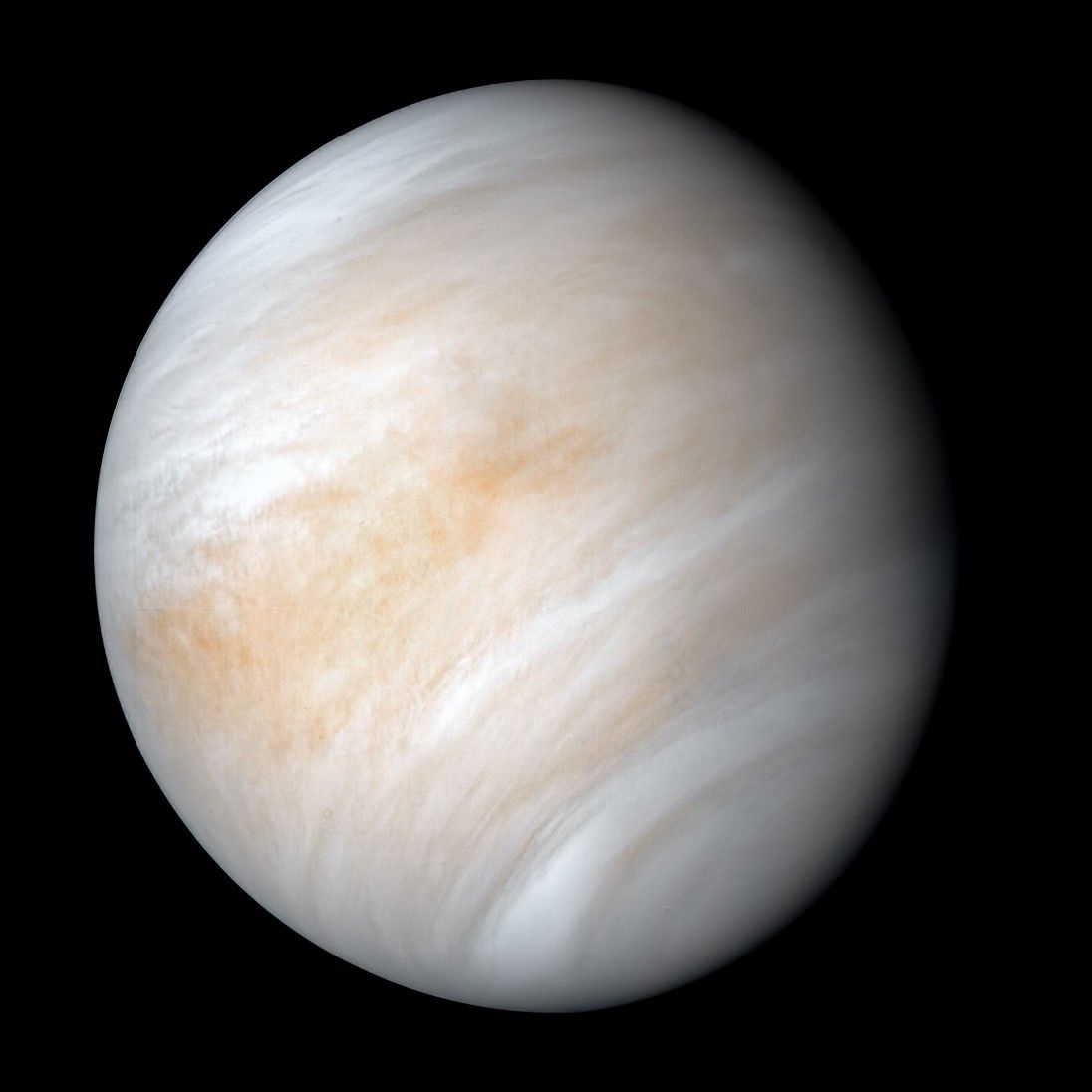




/https://tf-cmsv2-smithsonianmag-media.s3.amazonaws.com/filer_public/54/66/546650fa-26a4-40fd-8d6d-5a7a04540f81/rosetta2.png)
:max_bytes(150000):strip_icc():focal(999x0:1001x2)/robert-prevost-050825-1-39395418ab494da5a3a700c9478e66c8.jpg)


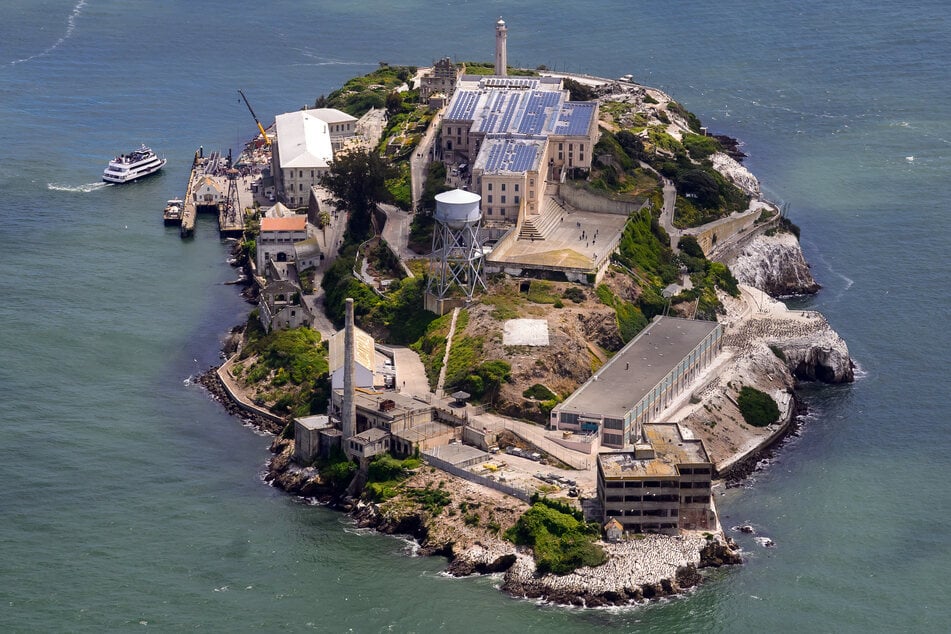












































format(webp))
format(webp))















